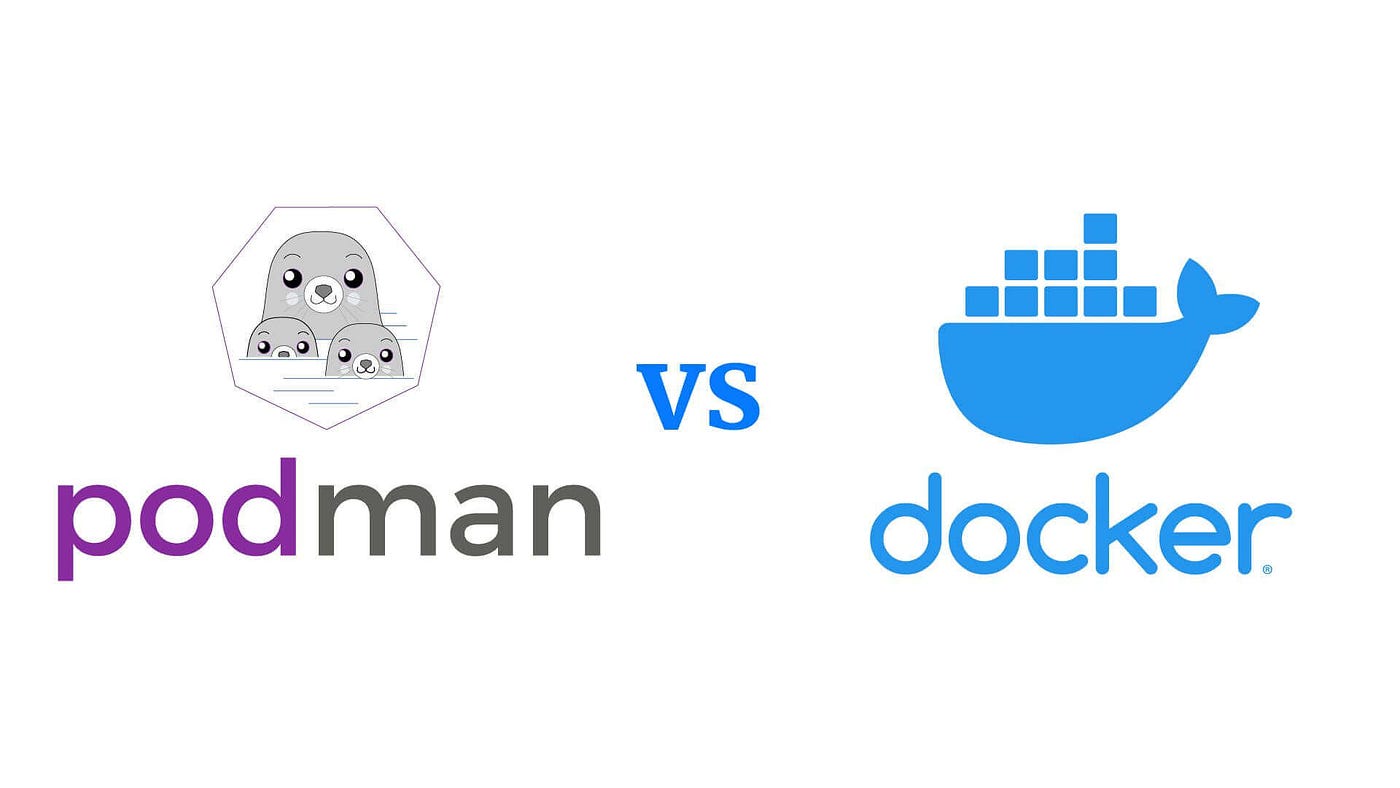Docker vs. Podman: Exploring Container Technologies for Modern Web Development
Explore a comparison between Docker and Podman for enhanced efficiency and security in software development.
Join the DZone community and get the full member experience.
Join For FreeAmong the most often used containerizing technologies in the realm of software development are Docker and Podman. Examining their use cases, benefits, and limitations, this article offers a thorough comparison of Docker and Podman. We will also go over useful cases of deploying web apps utilizing both technologies, stressing important commands and factors for producing container images.

Introduction
Containerization has become an essential technique for creating, transporting, and executing applications with unmatched uniformity across various computer environments. Docker, a pioneer in this field, has transformed software development techniques by introducing developers to the capabilities and adaptability of containers. This technology employs containerization to package an application and all its necessary components into a self-contained entity. This provides consistent functionality regardless of variations in development, staging, and production environments.
Docker is the dominant force in containerization, but Podman is emerging as a strong competitor, especially in situations where heightened security and operational ease are crucial. Podman resolves key security problems and complications linked to conventional Docker deployments by providing a mode of operation that is free from daemons and root privileges. This introduction prepares us to thoroughly examine these two crucial technologies, by comparing their functions, use cases, and the distinct advantages they offer to various software development paradigms.
Docker and Podman Overview
Docker employs a client-server architecture in which the Docker daemon oversees the lifecycles of containers and handles user requests. It is widely recognized for its user-friendly interface, comprehensive set of tools, and strong backing from the community.
Podman utilizes user-level calls to the Linux kernel, bypassing the requirement for a daemon, which results in improved security and efficiency.
Advantages
Docker
- Wide adoption: There is a large and diverse community and ecosystem surrounding Docker, with a wide range of tools and pre-built images readily accessible on Docker Hub.
- Cross-Platform compatibility: Guarantees uniform functionality across diverse systems and infrastructure
Podman
- Daemon-less architecture: The architecture eliminates the requirement for a central daemon, hence lowering the vulnerability to attacks and potential security hazards.
- Rootless operation: Enables users to execute containers without requiring root access, hence boosting security
Challenges
Docker
- Security concerns: Requires root access for the daemon, posing potential security risks
- Complex orchestration: Managing multiple containers and services can become cumbersome without additional tools like Kubernetes.
Podman
- Younger ecosystem: Although rapidly growing, Podman's community and tooling are not as mature as Docker's.
- Compatibility issues: Some Docker features may not have direct equivalents in Podman, potentially complicating migrations.
Use Cases
Docker is well-suited for development environments and CI/CD pipelines due to its extensive range of integration tools and extensive image library.
Podman is well-suited for production environments in regulated sectors or situations where security is of utmost importance, due to its capability to function without requiring root privileges.
Practical Examples
Deploying a Node.js Application With Docker
Dockerfile for Node.js:
FROM node:14
WORKDIR /usr/src/app
COPY package*.json ./
RUN npm install
COPY . .
EXPOSE 3000
CMD ["node", "app.js"]
Build and run:
docker build -t my-node-app .
docker run -p 3000:3000 -d my-node-app
Deploying an Angular Application With Podman
Dockerfile for Angular:
FROM node:14 as build
WORKDIR /app
COPY package*.json ./
RUN npm install
COPY . .
RUN npm run build
FROM nginx:alpine
COPY --from=build /app/dist/angular-app /usr/share/nginx/html
EXPOSE 80
CMD ["nginx", "-g", "daemon off;"]
Build and run:
podman build -t my-angular-app .
podman run -p 8080:80 -d my-angular-app
Best Practices
- Docker: Regularly update images for security, use Docker Compose for multi-container applications.
- Podman: Utilize rootless containers for security, and convert containers to Kubernetes pods for orchestration.
Conclusion
Both Docker and Podman provide robust solutions for container management, each with its distinct advantages and constraints. Docker offers a comprehensive and well-established ecosystem that is well-suited for development and testing purposes. On the other hand, Podman's security capabilities make it particularly suitable for production situations. Gaining a comprehensive understanding of the capabilities and distinctions of these tools can assist developers and organizations in enhancing their deployment methods to achieve improved efficiency and security.
As software development progresses, the decision between Docker and Podman will depend on the specific requirements of the project, the necessity for regulatory compliance, and the objectives for security. The versatility of Docker, in conjunction with the sophisticated security settings of Podman, provides a wide range of choices for efficiently administering containerized applications. By incorporating these technologies into their operational processes, firms may improve efficiency and strengthen security measures, ensuring that their applications are resilient and adaptable.
This investigation of Docker and Podman highlights the significance of choosing appropriate technologies according to the environment and objectives, facilitating more knowledgeable and strategic choices in software deployment and administration.
Opinions expressed by DZone contributors are their own.

Comments